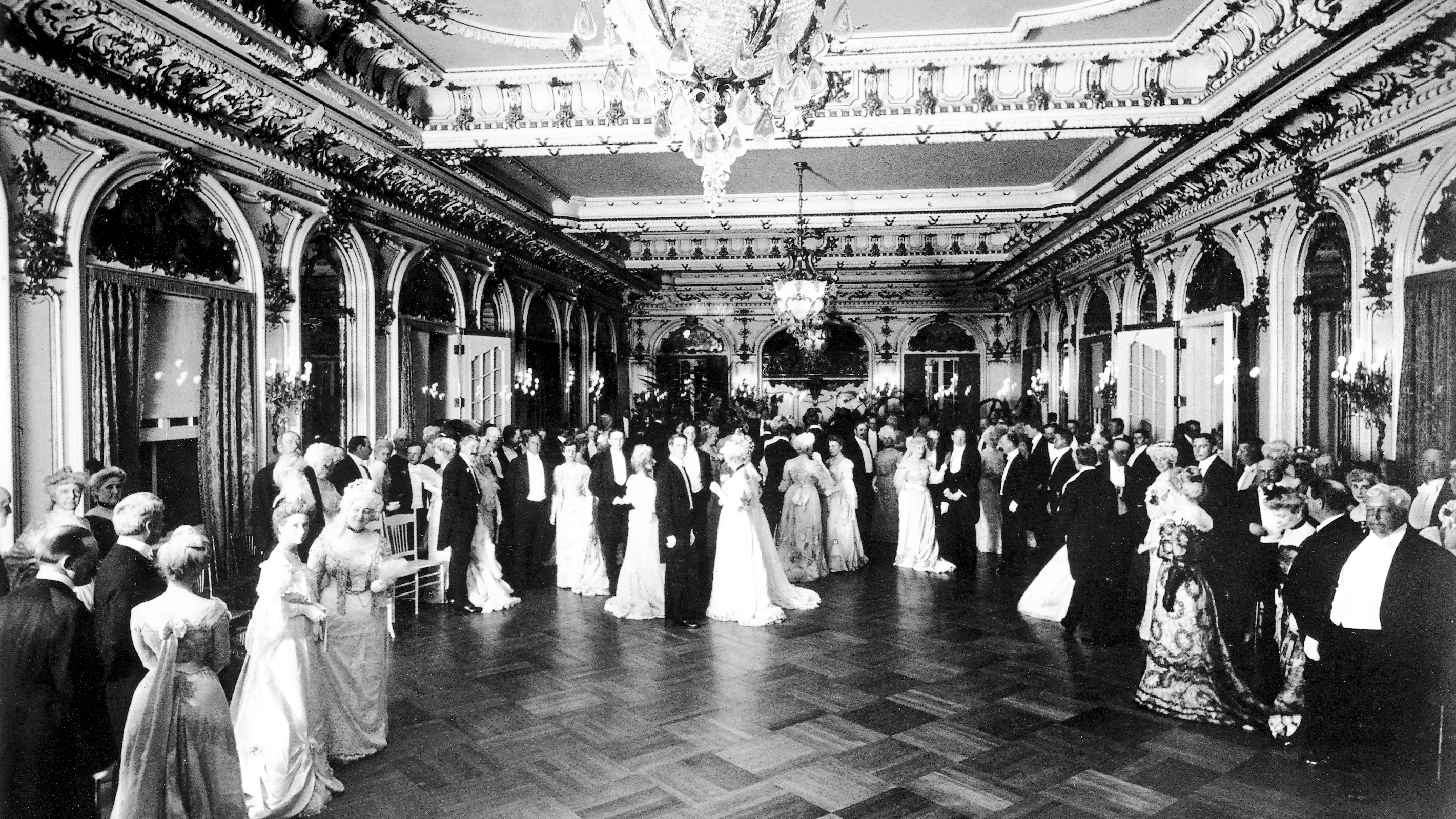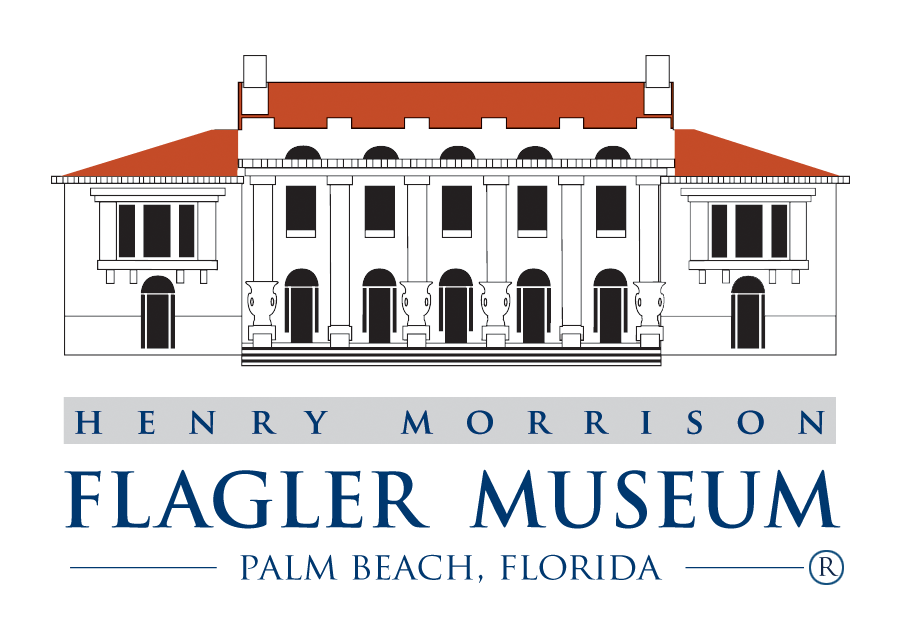
Gilded Age
In the span of a single lifetime, from the end of the Civil War to the Crash of the Stock Market in 1929, American culture as we know it sprang into being. Dubbed The Gilded Age by Mark Twain in 1873, it was a time of unparalleled growth in technology. Virtually everything we take for granted in our daily lives was an invention and/or convention of this fascinating time in America's history. The captains of industry and commerce of The Gilded Age became wealthy beyond what most can imagine today. Considering the magnitude of change they affected and witnessed around them, their belief that anything was possible and even probable, given American ingenuity and hard work, is understandable.
Not surprisingly, this group of newly wealthy citizens of a relatively young country found context and meaning for their lives and good fortune by thinking of themselves as heirs of a great Western Tradition. They traced their cultural lineage from the Greeks, through the Roman Empire, to the European Renaissance, particularly the Venetian Renaissance. America's upper classes and merchant classes traveled the world visiting the great European cities and the ancient sites of the Mediterranean, as part of a Grand Tour, collecting and honoring their western cultural heritage. The example of Venice's democratic society of well-to-do merchants and traders who collected the world's wealth, loved architecture and enjoyed a strong sense of public responsibility, appealed to them on the basis that it was both what they were becoming and what they aspired to.
By 1893, a blending of the Western Tradition and America's spectacular technological growth found expression in The World's Columbian Exposition, held in Chicago. There America's most prominent architects and artists, backed by the wealth of America's technological revolution, built a literal representation of America's Gilded Age with its unique blend of technology and Western Tradition. Perhaps the best illustration of this blending of technology with a sense of Western Tradition can be found in the grand facades of the exposition. (Click here to take a virtual tour of the World's Columbian Exposition). Inside they displayed the very latest in technology but the facades were given grand names like the Palace of Electricity and the Palace of Mechanic Arts. The White City, as the Exposition came to be known, was a temporary stage set of monumental proportions where Americans meant to show themselves and the world that America was the rightful heir to, and the highest expression of, the Western traditions and virtues presaged by earlier societies. Never mind that virtually all of these architects and artists had studied abroad, at places like the Ecole des Beaux-Arts. They studied abroad not to mimic Europe, but to pick up the threads of the arts and culture from earlier Western societies in order to more efficiently bring Western Culture to its full glory, which was America's obvious destiny. It seemed to these artisans that what they were doing was not only an obvious extension of what Europe had previously done, but also something uniquely different and better, in no small part because of American technology and ingenuity.
While many great homes were built in America prior to the Civil War, the homes built by the captains of industry and commerce during America's Gilded Age are clearly something different. Though relatively few in number and geographically dispersed, these homes have much in common and represent a distinct genre. By the 1960's most had become historic house museums, but the visiting public has generally viewed them as local anomalies built by unusual individuals of great wealth, missing altogether the significance of these homes in American history and what they can tell us about the shaping of American culture.
While others might be considered part of this genre of Gilded Age homes, Hearst Castle, Wyntoon, Cairnwood, Rosecliff, Marble House, The Elms, The Breakers, Nemours, Fenway Court, Biltmore, Kykuit, Whitehall, Villa Vizcaya, and Ca'd' Zan all clearly belong. All were begun during a thirty-five-year period from about 1890 through 1925. Some, like Hearst Castle, Biltmore, and Villa Vizcaya, were true estates in the sense that they were designed to be self-sufficient, with gardens, orchards, dairy and poultry operations. A few, like Fenway Court and Hearst Castle, were envisioned as museums at the time they were constructed. Many, like Hearst Castle, Villa Vizcaya, Ca' d'Zan, Wyntoon, and Fenway Court, reflect the strong personal involvement of the owner in their design and collections, while others tended to more strictly express the owner's stature in Gilded Age Society, like Biltmore, Breakers, and Whitehall. In some homes, especially those built more strictly as an expression of social standing, like Whitehall, the antiques were used to create "Period Rooms." In others, like Hearst Castle and Fenway Court, the antiques were blended in ways that suited the tastes of the owner and the time, often very much influenced by architect Stanford White's interesting and unusual sense of style. Essentially all were products of architects trained at the Ecole des Beaux Arts and were furnished with many antiques coming into America from France, Spain, and Italy through dealers and auction houses in New York.
Biltmore Estate, Ashville, North Carolina Hearst Castle, San Simeon, California
Without exception, these great homes from America's Gilded Age are wonderful and unique windows into a time of unprecedented change and creativity in American culture. A time when the explosive growth in technology made some wealthy and promised a utopia where individuals could develop to their highest and best purpose. A time when, for many Americans, all of human history seemed to point to America and its destiny to bring Western culture to its ultimate expression.
Fortunately for us and future generations, most of these homes have been preserved as museums and are now part of our common cultural heritage. Without them, our appreciation and understanding of this fascinating period in American history would be severely diminished.







